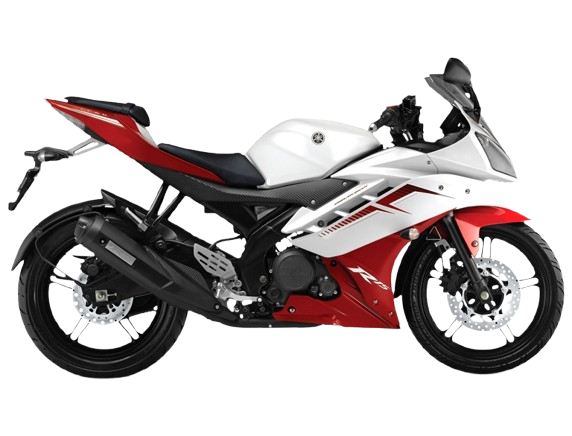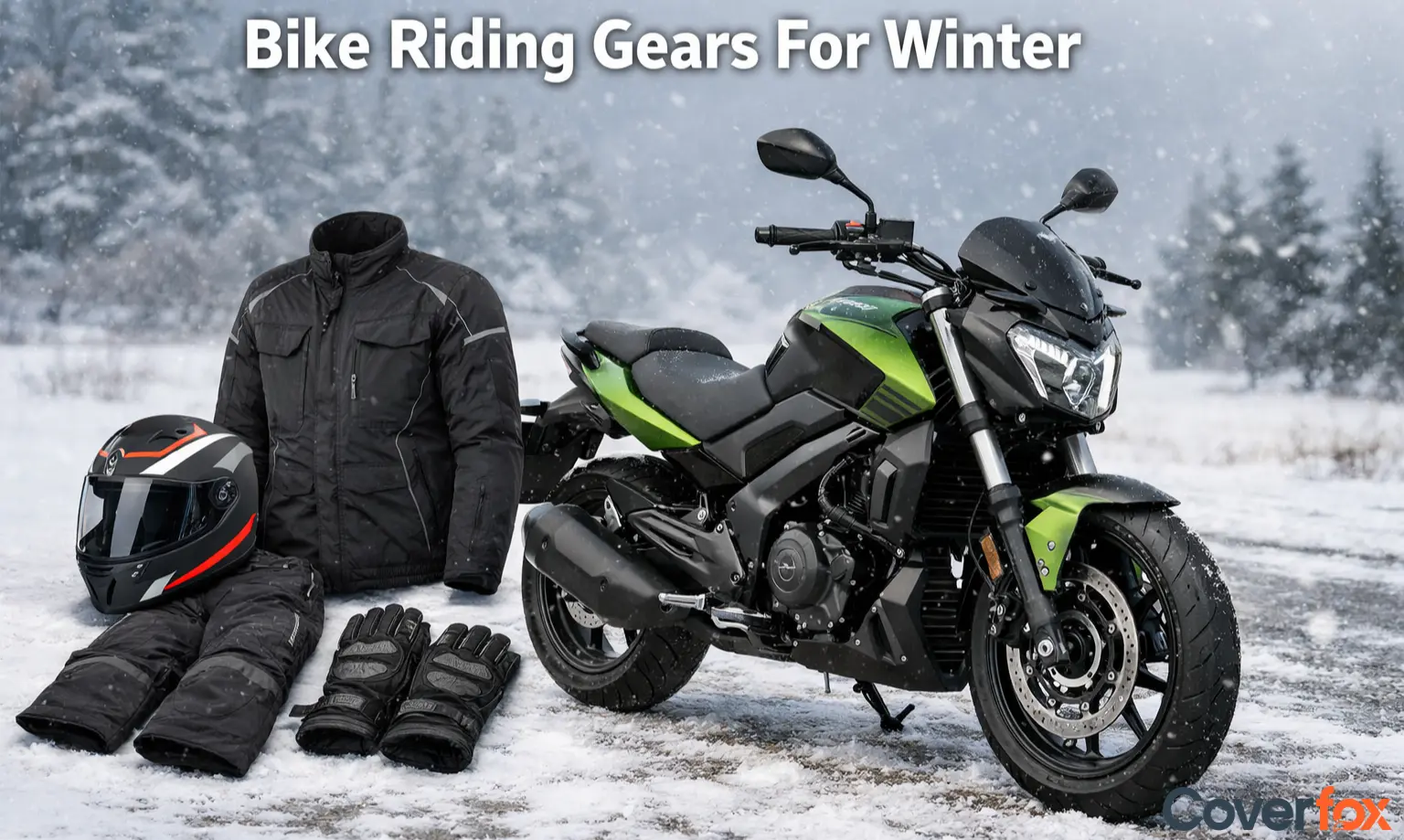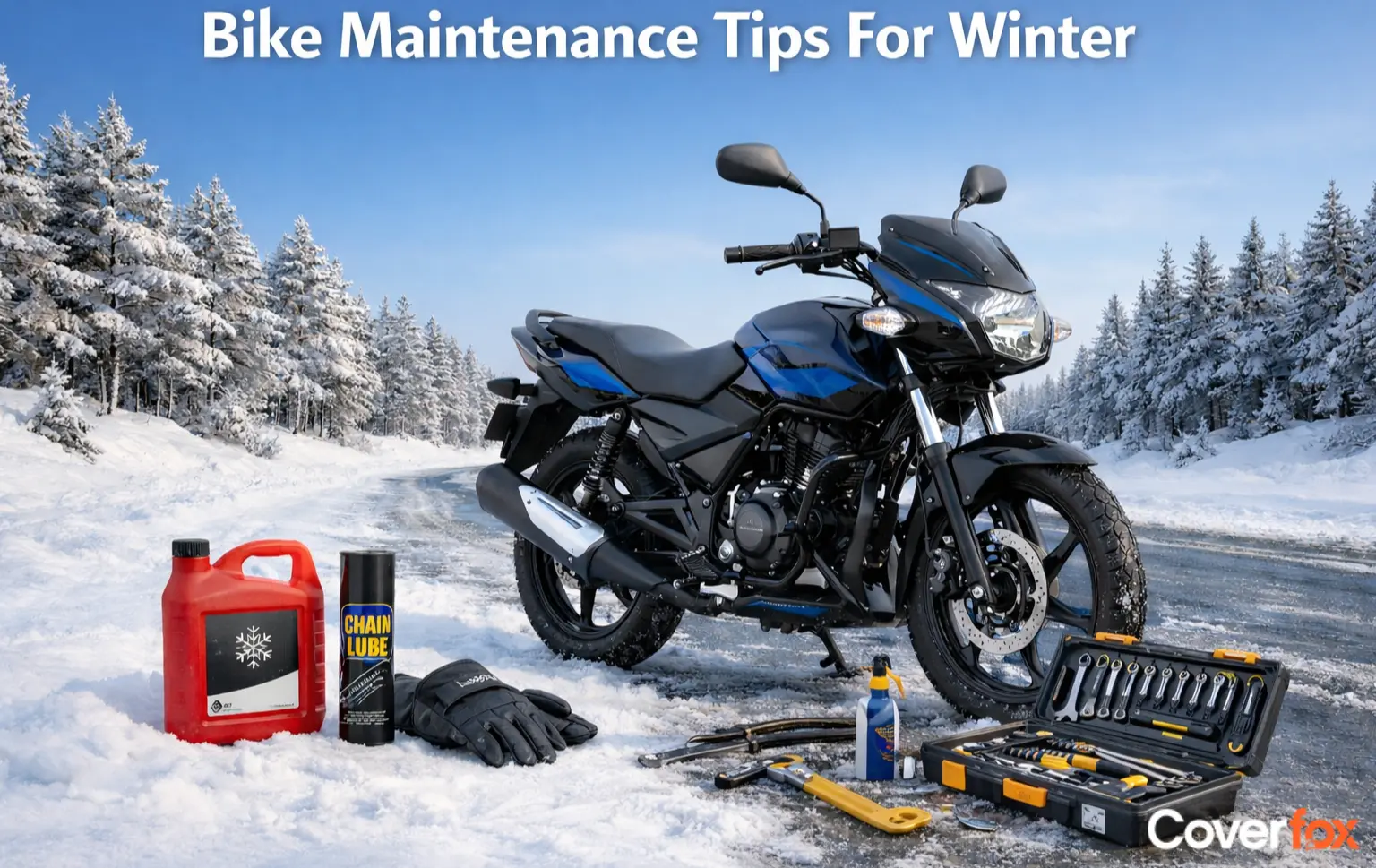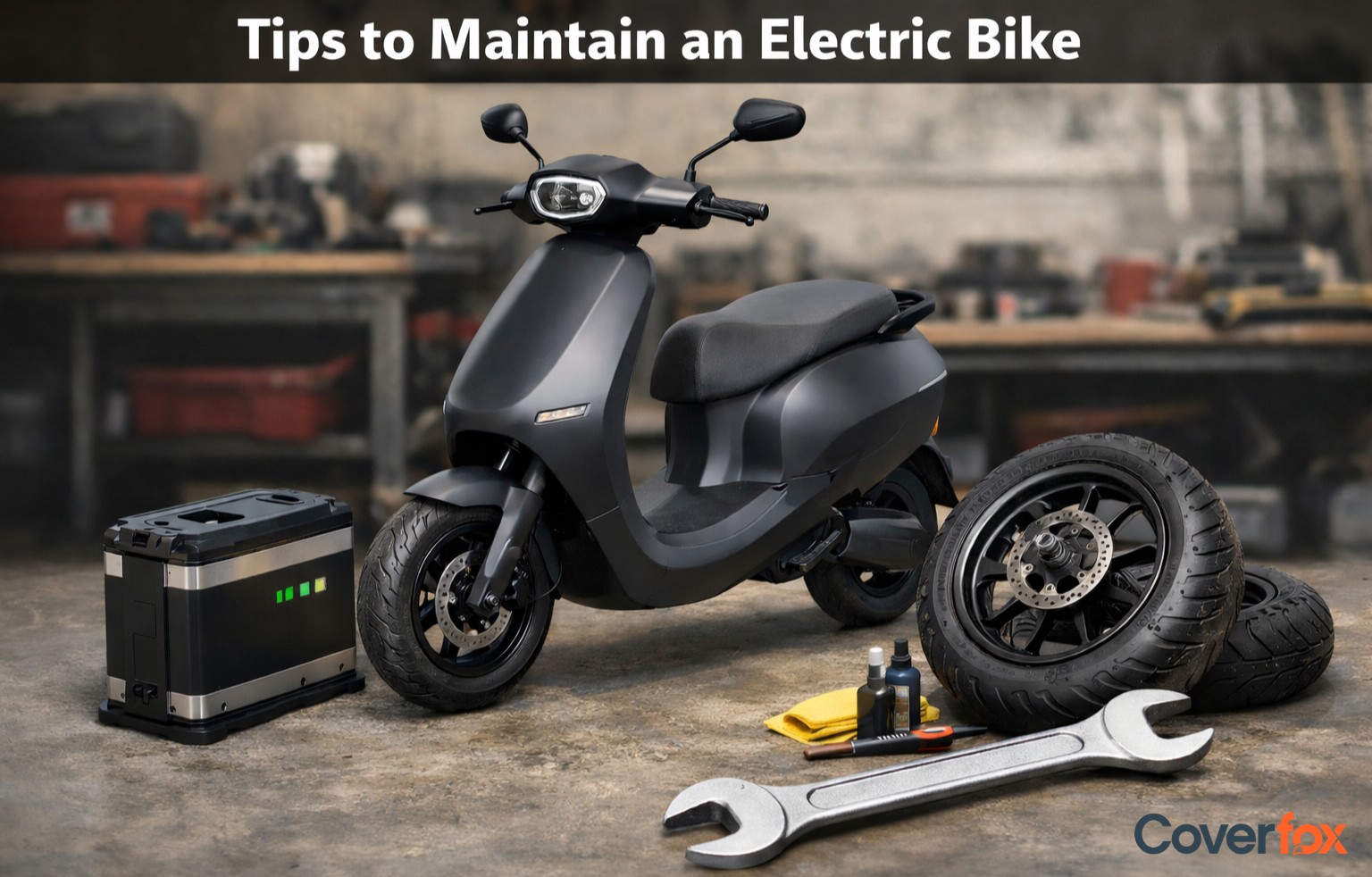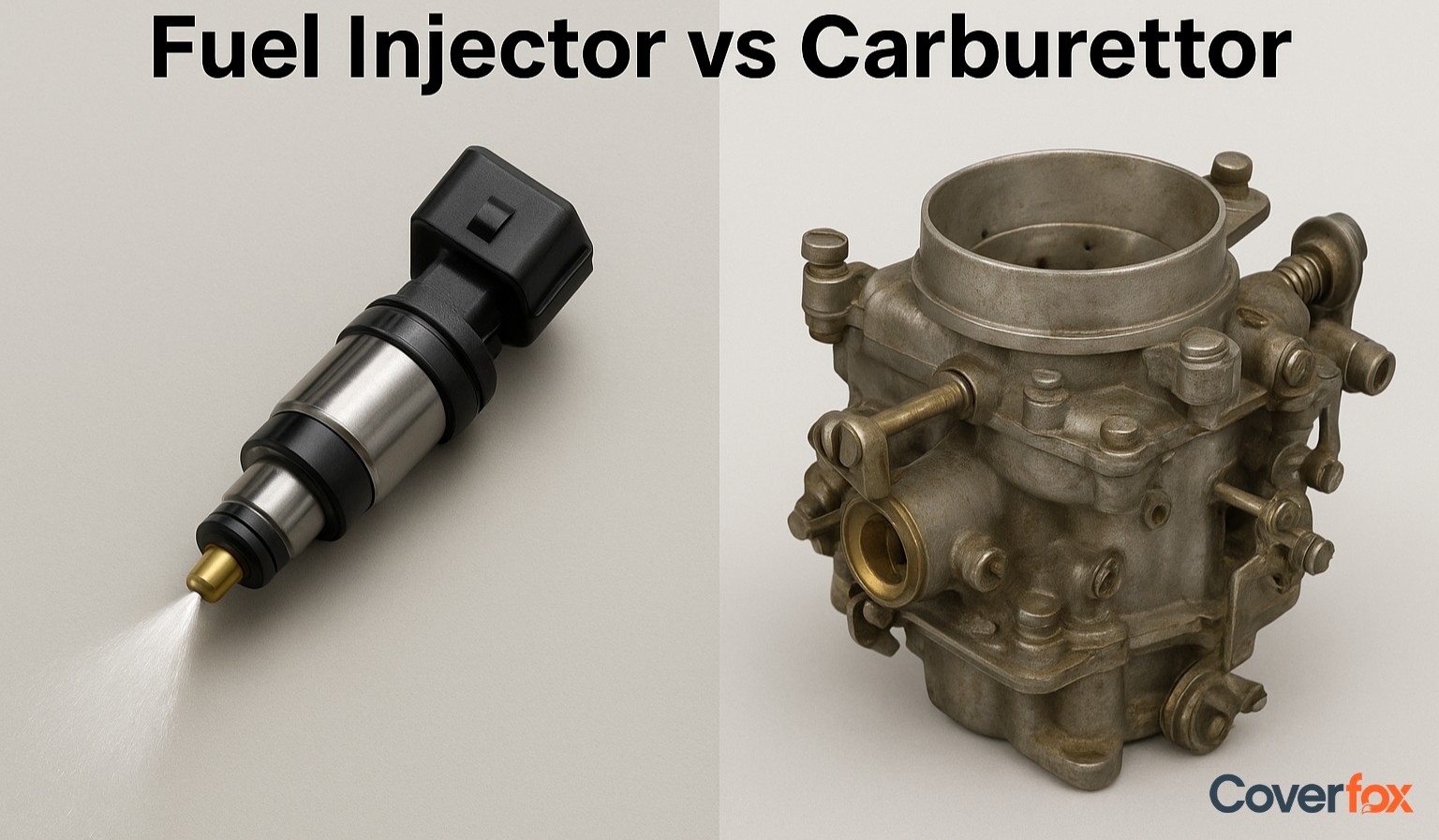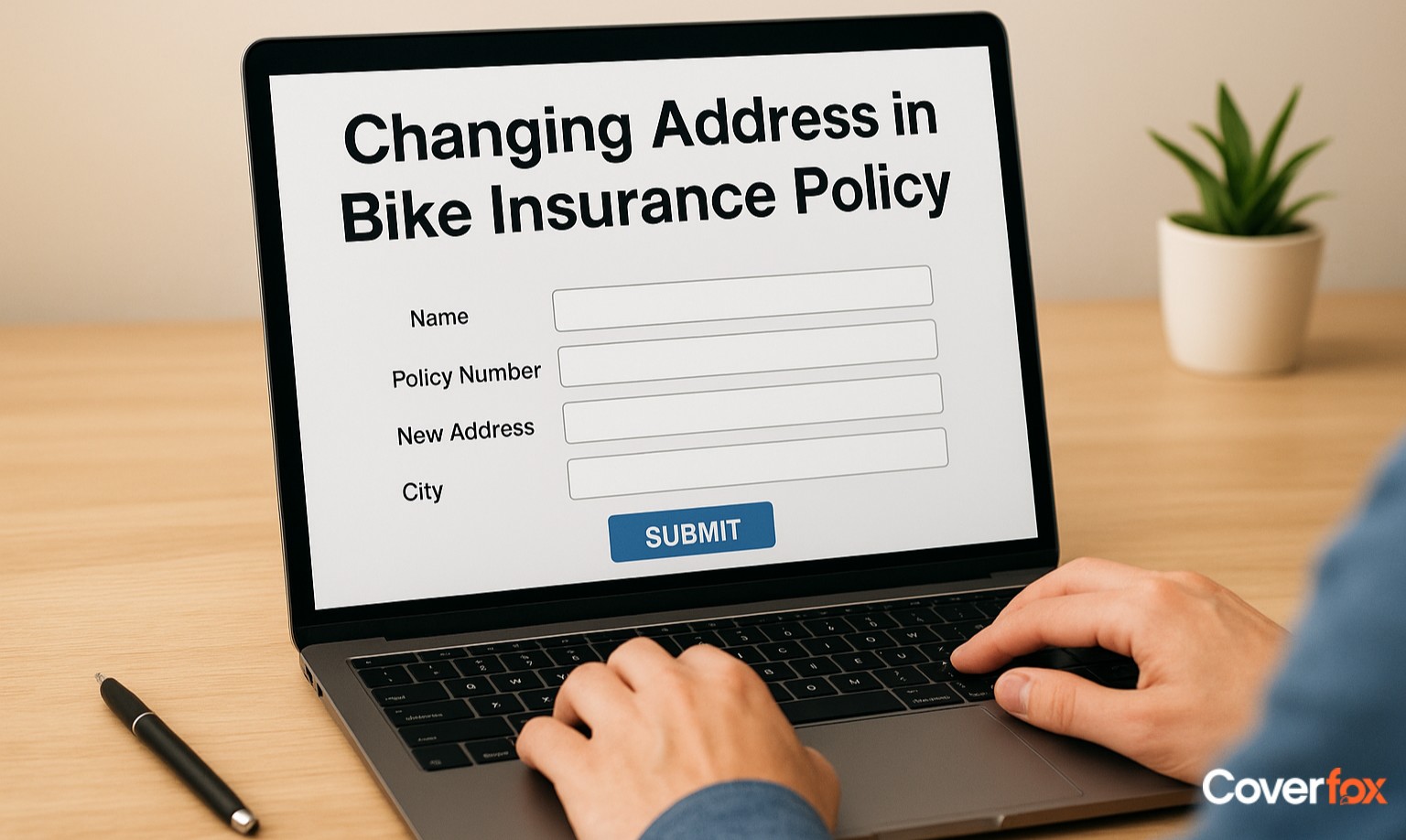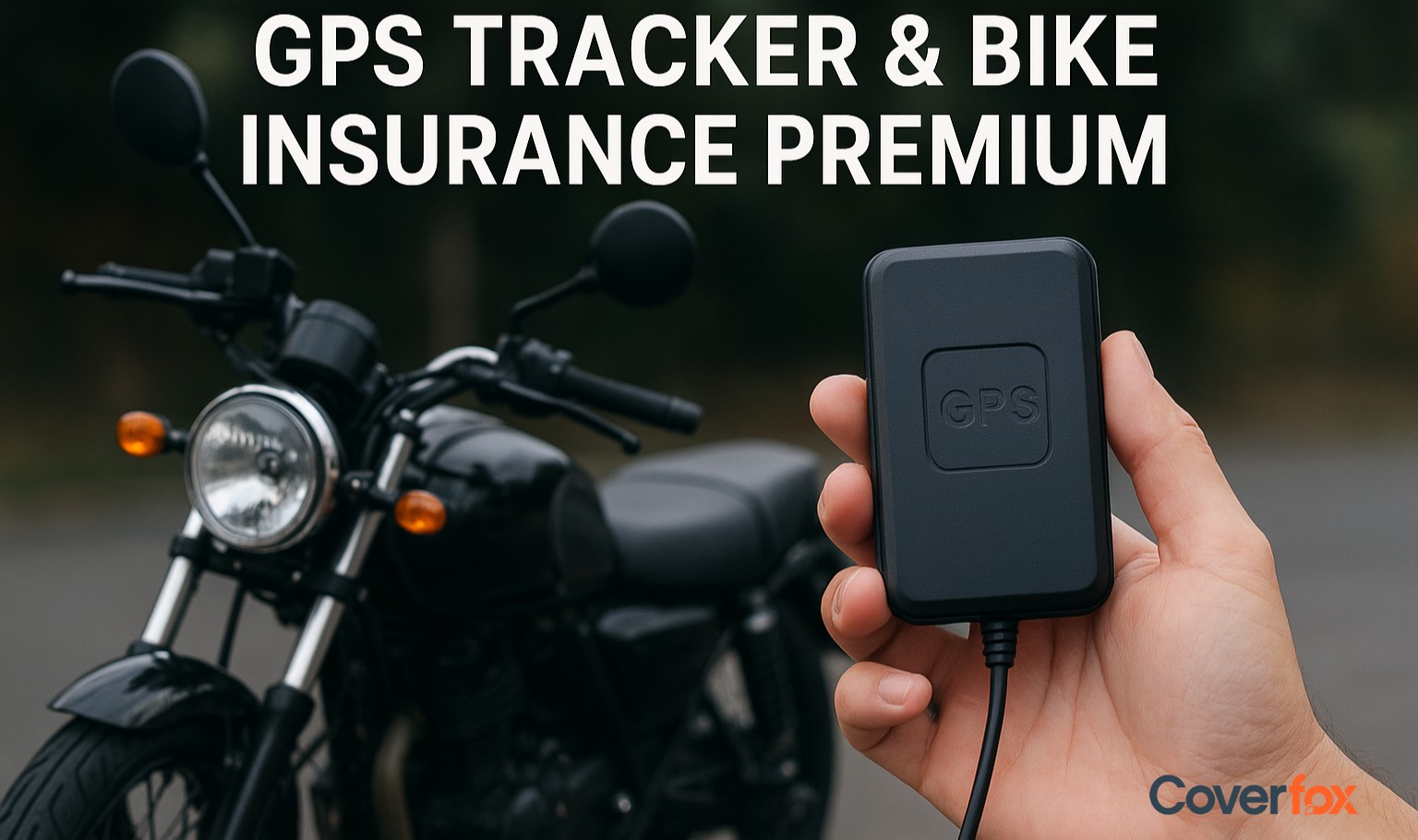Globally, every year, 1.4 million two-wheelers are stolen, and in India itself, the number is a staggering 1,50,00.

In your childhood, you used to lock your bicycles with padlocks. Now, it's time for your motorcycles. But which locks to choose? You will learn about different types of locks through this article. Take note – no lock can secure your bike 100%, so secure your bike with a lock and your financial safety with bike insurance.
Why Choosing the Right Bike Lock Matters
While you choose the right insurance coverage for your bike, you need to select what bike lock that suits your requirements. You need to make a balance between budget and security the lock gives as no lock is unbreakable. Choosing the right bike lock is essential for having better security for the bike. Keeping a low risk profile as a policyholder and decreasing theft risk while increasing your claim acceptance chances. Here is a checklist for helping you choose the right bike lock for your two wheeler:
- Choose the right lock type
- Check for independent security ratings or certifications
- Ensure it’s made of hardened, cut-resistant materials
- Look for a pick-resistant locking mechanism
- Pick a lock that balances weight and portability
- Ensure the size fits your bike and the fixed objects
- Opt for a lock that's easy to use regularly
- Look for mounting or storage options
- Compare price versus long-term durability
- Check if the lock includes theft recovery or warranty benefits
Overview of Bike Lock Types
Here’s a quick overview of all the available types of bike locks in India:
| Bike Lock Type | Weight | Insurance Compliance | Portability |
|---|---|---|---|
| U-Lock / D-Lock | Medium to Heavy | Yes | Moderate (frame mountable) |
| Chain Lock | Heavy | Yes | Low (bulky to carry) |
| Cable Lock | Very Light | No | High (easy to wrap) |
| Folding Lock | Medium | Sometimes | High (compact folding) |
| Disc Brake Lock | Light | Sometimes | Very High (fits in pocket) |
Breakdown of Each Type of Bike Lock
Here is a clear and detailed breakdown of each type of bike lock so that you can make an informed decision.
U-Lock (D-Lock)
Design & Materials
Best Use Scenarios
Pros
Cons
Chain Lock
Design & Materials
Best Use Scenarios
Pros
Cons
Folding Lock
Design & Materials
Best Use Scenarios
Pros
Cons
Cable Lock
Design & Materials
Best Use Scenarios
Pros
Cons
Wheel and Seat Locks
Design & Materials
Best Use Scenarios
Pros
Cons
Smart Lock (Bluetooth/GPS-enabled)
Design & Materials
Best Use Scenarios
Pros
Cons
U-locks are one of the most secure types of bike locks, shaped like the letter “U”. Their rigid design makes them highly resistant to cutting tools.
Made of hardened steel with a locking mechanism in a crossbar; comes in various sizes for frame and wheel combinations.
Ideal for high-theft urban areas and locking bikes to fixed structures.
Excellent security, difficult to cut or pry open, often insurance-approved.
Heavier and less portable; size limitations may make locking to certain objects tricky.
Chain locks offer flexibility and strong protection when made with high-grade steel, suitable for securing multiple parts of the bike.
Thick steel links (often over 12mm) with a padlock or integrated lock, usually wrapped in a nylon sleeve to prevent scratching.
Great for home use or securing bikes for long hours in public places.
Highly secure, flexible length options, good for immovable objects.
Heavy and bulky, less portable than other locks.
Folding locks feature linked metal plates that fold out like a ruler. They strike a balance between security and compactness.
Hardened steel bars connected with rivets and coated for scratch protection.
Perfect for commuters who need a portable yet secure solution.
Compact when folded, decent protection, versatile locking angles.
Moderate security level, joints can be potential weak spots.
Cable locks are flexible and lightweight but typically offer lower security, making them suitable for short-term or low-risk use.
Braided steel wire covered in vinyl or plastic coating, with combination or key locks.
Good for securing accessories or as a secondary lock.
Lightweight, easy to carry, long length allows for versatile locking.
Easily cut with bolt cutters, not ideal for high-theft areas.
These locks are designed specifically to secure your wheels or seat post and deter opportunistic theft.
Skewers or bolts that require special tools to remove; some use keyed mechanisms.
As an additional security layer for high-risk components.
Lightweight, unobtrusive, no need to carry separately.
Only protects parts, not the whole bike; can be bypassed if the frame isn’t secured.
These are not your traditional bike locks. Smart locks combine physical security with tech features like app control, GPS tracking, and theft alerts.
Usually integrated with a U-lock or chain design, includes electronic components and tamper sensors.
Ideal for tech-savvy riders and expensive bikes.
Remote access, alerts, and GPS tracking.
Battery-dependent, more expensive, potential tech failures.
How to Combine Locks for Maximum Security
Combining different types of locks is a smart and efficient way of increasing security for your bike. Here’s how it can work:
Use a U-Lock to Secure the Frame and Rear Wheel
Add a Chain or Cable Lock for the Front Wheel
Lock to an Immovable Object
Use a Secondary Lock on Components (Seat/Wheels)
Mix Lock Types to Slow Down Thieves
Position Locks Away from the Ground
Place the U-lock through the rear wheel and the frame triangle, then lock it to a fixed object like a bike rack or pole. This is the most valuable and targeted part of the bike.
Use a sturdy chain or thick cable lock to loop through the front wheel and the bike frame. This ensures both wheels are protected.
Always secure your bike to a solid, immovable object. Even with multiple locks, a thief can lift and carry your bike if it's not anchored.
If your seat or wheels use quick-release skewers, use wheel/seat locks or a second cable lock to secure them individually.
Use different types of locks (e.g., U-lock + chain) so a thief needs more tools and time, which is a major deterrent.
Keep your locks off the ground to make it harder for thieves to leverage tools or hammers effectively.
Final Thoughts
Make sure your bike is:
- Secured in a safe location
- Properly locked to an immovable object using a combination of different locks
- Insured with the best bike insurance policy, bought from Coverfox
If you have these 3 checked – you do not need to worry about your bike getting robbed. Obviously, nothing is 100% safe, but you have done your side of the work, securing your two-wheeler. If you follow these steps, your claim will not be delayed or rejected because of negligence. Make sure you secure your prized possession with locks and bike insurance!
Related Articles:
Frequently Asked Questions
Are U-locks better than chain locks?
U-locks are more compact and harder to cut with bolt cutters, while chain locks offer more flexibility and coverage. Both are highly secure if used correctly.
Can I use a folding lock for an e-bike?
Yes, but ensure it’s a high-quality folding lock with a security rating. E-bikes are heavier and more expensive, so not all folding locks are suitable.
Is a cable lock enough to secure my bike in a city?
No, cable locks can be cut easily and should only be used as secondary locks, not as your main line of defence.
Do smart locks prevent theft or just help track the bike?
Smart locks can deter theft with alarms or motion sensors, but their main advantage is tracking your bike post-theft using GPS.
Do I need a specific lock type for my bike insurance to be valid?
Some insurers require a lock with a specific security rating (e.g. Sold Secure Silver or above). Check your policy for approved lock types.
What lock certifications do bike insurers recognise?
Many insurers in the UK and EU recognise Sold Secure and ART ratings. In India, such formal lock certifications are rare but are gaining traction among high-value bike insurers.
Will my insurance claim be denied if I used a cable lock?
Possibly, especially if your policy mandates the use of higher-grade locks. Always review your insurance terms.
Does using two types of locks lower insurance premiums?
Not directly, but it may strengthen your claim by showing reasonable preventive measures were taken, reducing the chance of denial.
Can a GPS-enabled smart lock help recover a lost bike & assist with a claim?
Yes, GPS tracking data can support police reports and insurance claims, improving recovery chances and speeding up the claim process.
